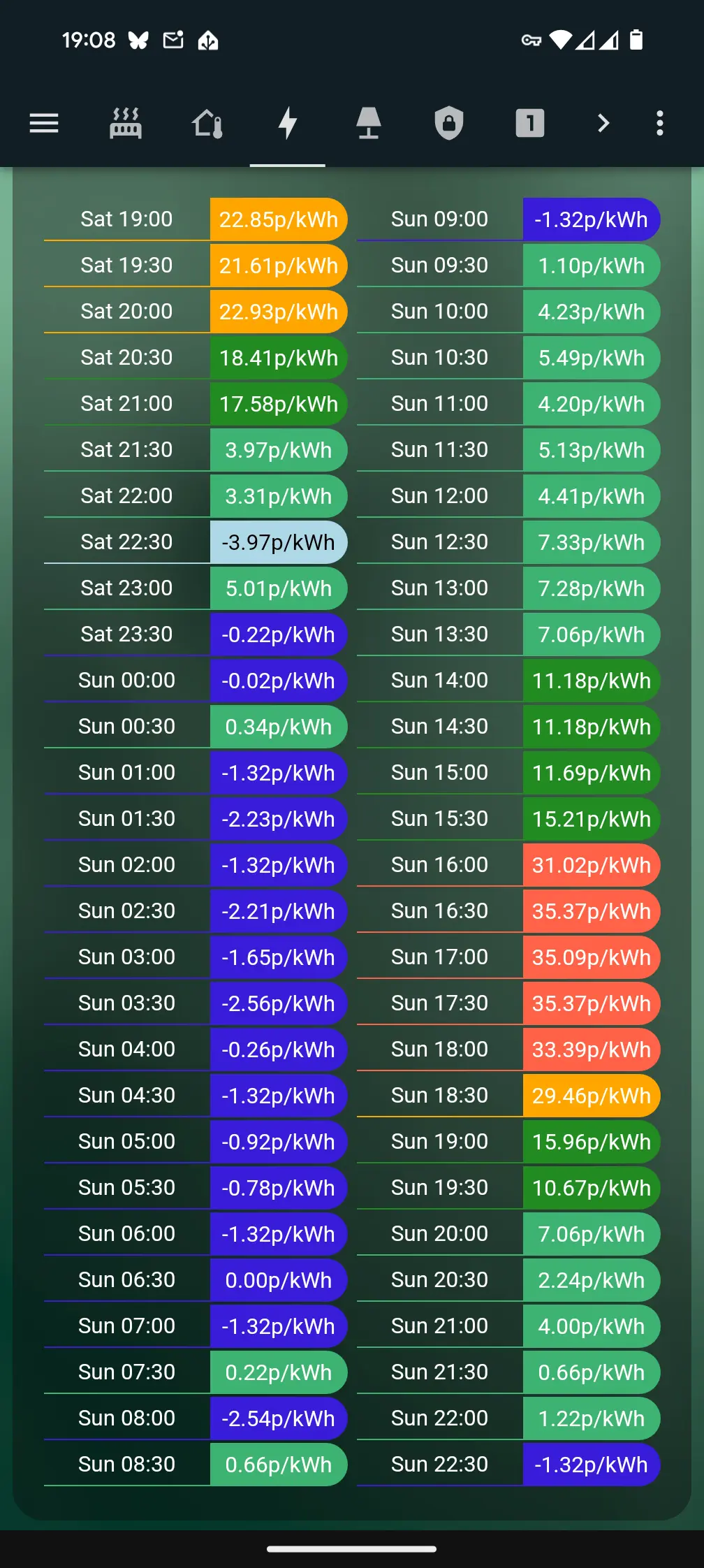Given the 2.5Gb port also supports PoE in, I think the idea is that you can plug this into a 2.5Gb PoE port on a seperate managed switch and that's the only connection you need; that's certainly how I would use it. WAN connections could be plugged into that switch, along with the APs, user devices, servers, etc, with them seperated using VLANs. Assuming everything was gigabit except for that 2.5Gb link to the OpenWRT Thing™, you'd be hard-pressed to saturate that 2.5Gb port and you'd still have the gigabit port completely free for... whatever.
rmuk
I think you might have missed the point: with a managed switch that 2.5Gb port can be used to handle multiple WAN and LAN connections simultaenously. My home network includes two WANs and six LANs split purely by VLAN tagging and that 2.5Gb connection should handle all of them just fine.
It's full duplex so it's 2.5Gb each way simultaneosly. Most NICs support half-duplex but I don't know of any good reason to use that. I used to have a BananaPi based router that could comfortably saturate it's gigiabit interface. I assume there's some kind of offloading going on.
Most of those run OpenWrt or PfSense. Assuming the hardware is well-supported by the open source software it runs, there's a argument to be made that there's no difference. There's always the risk of them using some weird chipset that won't be supported in a year's time. The only difference is that the OpenWrt One is specifically designed for OpenWrt with well-supported hardware.
I also wanted to chime in with the perennial point that while this device is a pure expression of the OpenWrt project, they also support hundreds of other devices including, amazingly, a number of large switches, so if you wanted to ditch the separate route appliance altogether you could get all the features with only switch hardware.
Exactly this. With VLAN tagging you can plug that single 2.5Gb connection into a 48-port managed switch and effectively have up to 47 different NICs if that's what floats your boat. They'd all share the 2.5Gb but that's still more than a lot of small networks need.
The LAN and WAN ports aren't labelled as such on the device and can be configured to do anything. The 2.5Gb port can also be used to take in PoE so for a lot of people - myself included - this will be the only port that's actually used, or at least the port that will be used the heaviest. The reason, I think, that it's configured as WAN by default is so that the LAN port can be used to plug a laptop in directly without disconnecting the whole network.
Devices should be flexible.
Agreed. It's a pity, then, that no-one has invented a single port that can replace USB-A, DisplayPort, HDMI, propriatary power connectors, Thunderb.... oh... wait...
The USB4 protocol can handle 160Gb/s split asymettrically (so, say, 120Gb/s out, 40Gb/s in), wheras the upper limit for DisplayPort's highest bandwidth mode, Quad UHBR 20, is 80Gb/s in one direction. So you can saturate your DisplayPort 2.0 quad-channel with more than enough bandwidth to power three 10K 60Hz 30-bit (i.e. very high-end) monitors in DSC mode, and still only be using half the bandwidth of USB4, all using a single cable which I can also use to charge my earphones.
If I had an EV it would make a huge difference. One of the really, really cool features of the Octopus integration is that you can create a binary sensor that triggers for the cheapest hours (consecutive or non-consecutive) between a set time period, so you could create an automation that works out how many hours your car needs to charge at, say, midnight, and have it only charge for the cheapest hours between then and 8am.





Okay, I'm actually onboard with those things. It's usually a cable with a single wall plug on one end and four C13 plugs at the other. So you could plug in two monitors, a desktop PC and a printer, say, with just one socket. They're a lot neater than having a whole power strip and four cables. I've also seen ones that split one C14 into four C13s but I'm not as sure how I feel about those.